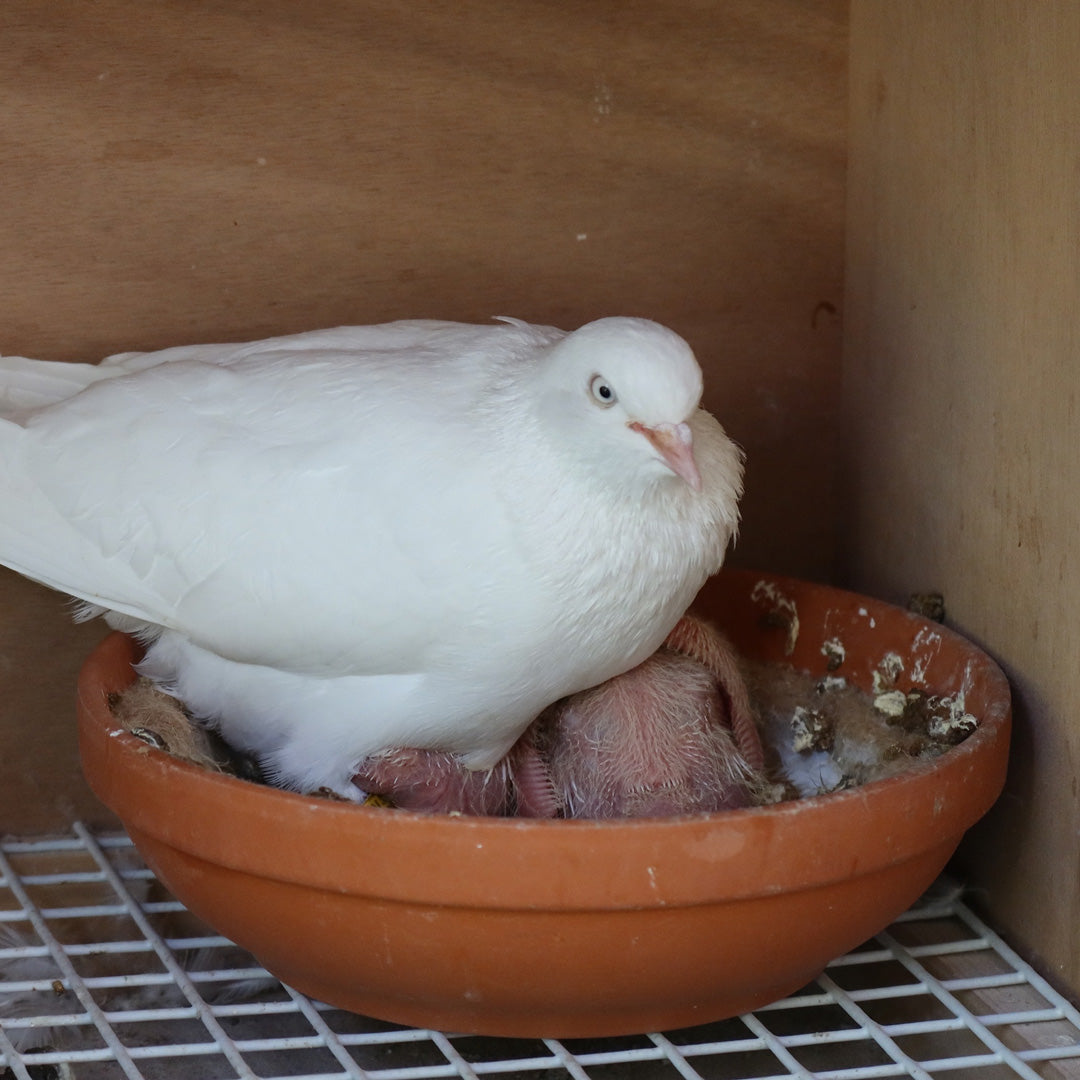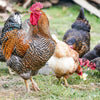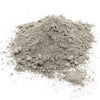
Breeding pigeons
Breeding pigeons is not difficult, but every year there are many fanciers who run into all kinds of problems. To prevent your breeding season from turning into a catastrophe, it is wise to stick to a few basic principles.
The preparation starts after the moult
Do not be stubborn and have an extensive fertilizer study done at least a month before you start growing, but preferably immediately after the moult. You immediately tackle many invisible problems for the coming growing season. Collect manure from at least five days and send a sample to a good pigeon doctor. Especially problems such as Paratyphoid and Ornithosis, which often show barely visible symptoms, can be revealed by a thorough examination by a veterinarian.
Ornithosis is still a bacterium that is the cause of a less good condition in 80% of the pigeons. Pigeons can withstand it fairly well without showing visible symptoms. As with Paratyphoid, some pigeons can be carriers and repeatedly infect the rest of the loft. The carriers often look healthy and strong and appear to be super healthy. To make sure that your pigeons do not have Ornithosis, an eye or cloacal smear is the way to be examined. The best time to have this investigated is after the moult and more than a month or preferably earlier before pairing.
Paratyphoid is the leading cause of unfertilized eggs or infertility. Which can plague the pigeon population for years without you having to realize it. This infection can only be demonstrated by a bacterial faecal examination. The best period to carry out this check is in the autumn and then again more than a month before coupling.
Even though every pigeon fancier should know this. Am I going to say it again? Before you start breeding, make sure that your pigeons are free of helminth infections, trichomoniasis, coccidiosis and hexamitiasis. Of course you will not cure blindly without knowing whether these house, garden and kitchen diseases are present, but let your vet check this first with the help of a manure examination and throat and cloacal swabs.
Important to remember:
- Paratyphoid and Ornithosis are transmitted from parent to the young. And is often the reason why nestlings of less than a week old suddenly die
- Both diseases are often invisible in apparently healthy animals
- Treatment of these infections takes several weeks. It is important to have this examined at least 1 month before pairing, otherwise you will not have time to cure and get your pigeons in shape.
Pitfalls.
There are a number of pitfalls that many enthusiasts encounter every year. Sometimes it seems that breeding pigeons is not as easy as you expect.
- Make sure your pigeons are in top condition by carrying out preventive checks.
- Only breed with fully grown pigeons.
- Provide a separate grow room.
- Large breeding pens are recommended.
- Do not grow too early.
- Do not continue growing for too long.
- Fly them regularly to prevent them from becoming stiff after breeding. Flying regularly also keeps them in good breeding condition.
You achieve top condition by ensuring that your pigeons are super healthy. The only way to achieve that is to have a manure examination and a smear examined. Of course, assuming you provide the pigeons with good food, minerals and calcium. You can regularly acidify the water with apple cider vinegar or by giving a good resistance drink.
Purebred Spanish Pouters in particular reach maturity a bit later than other breeds. Two to three years is early enough to start. That doesn't mean they aren't sexually mature at six or seven months of age. Only then they are still much too young to be able to keep themselves busy with the eggs and young.
A separate breeding room may be a luxury for many enthusiasts, but it ensures that your pigeons are not distracted by the racing pigeons, which can make it very restless in your loft. What could be the cause of eggs breaking or throwing newborn squeakers out of the nest. If you don't have the option for a separate grow room, screen off your growing boxes for half. Spanish Pouters tend to start with the next litter “when the young are two weeks old”. A breeding loft of at least 80 cm wide is useful for a second nest shell.
As soon as the moult is over, we actually want to start breeding again, but the best young are born in May. Starting pairing in mid-April is early enough. Especially young Spanish Croppers are easily distracted or run away from the young pipits to start the next brood. As a result, the first beepers freeze during a few degrees of frost in the loft.
But there are several reasons to start growing a little later than what is customary now. Especially exhibition breeders want to start earlier to present a nicer pigeon at the shows. A racing pigeon fancier will also want to start a little earlier, preferably around Christmas to be able to train the youngsters early. This is not necessary for us because we are more interested in healthy and good breeding. Advantages of not starting until mid-April are:
- Youngsters grow up better because they don't have to waste energy keeping themselves warm.
- Parents generally feed better so that the young grow better.
- When you start breeding in April, your young will be about three months old by the time of the moult. Which has the advantage that you lose them less quickly by the time they develop their reproductive drive.
- Breeding goes well without disappointments.
Two broods is more than enough what to do with all those young animals of which you get rid of the largest part. Only breed with pigeons that have proven themselves. It is also important to stop breeding in time so that the pigeons are ready to moult quietly and prepare for the next breeding season. Success assured
The above article has been taken from the S.A.O.-er, in collaboration with the Pigeon Breeders Association Amersfoort en Omstreken. Photos Sijmen van Mourik.


